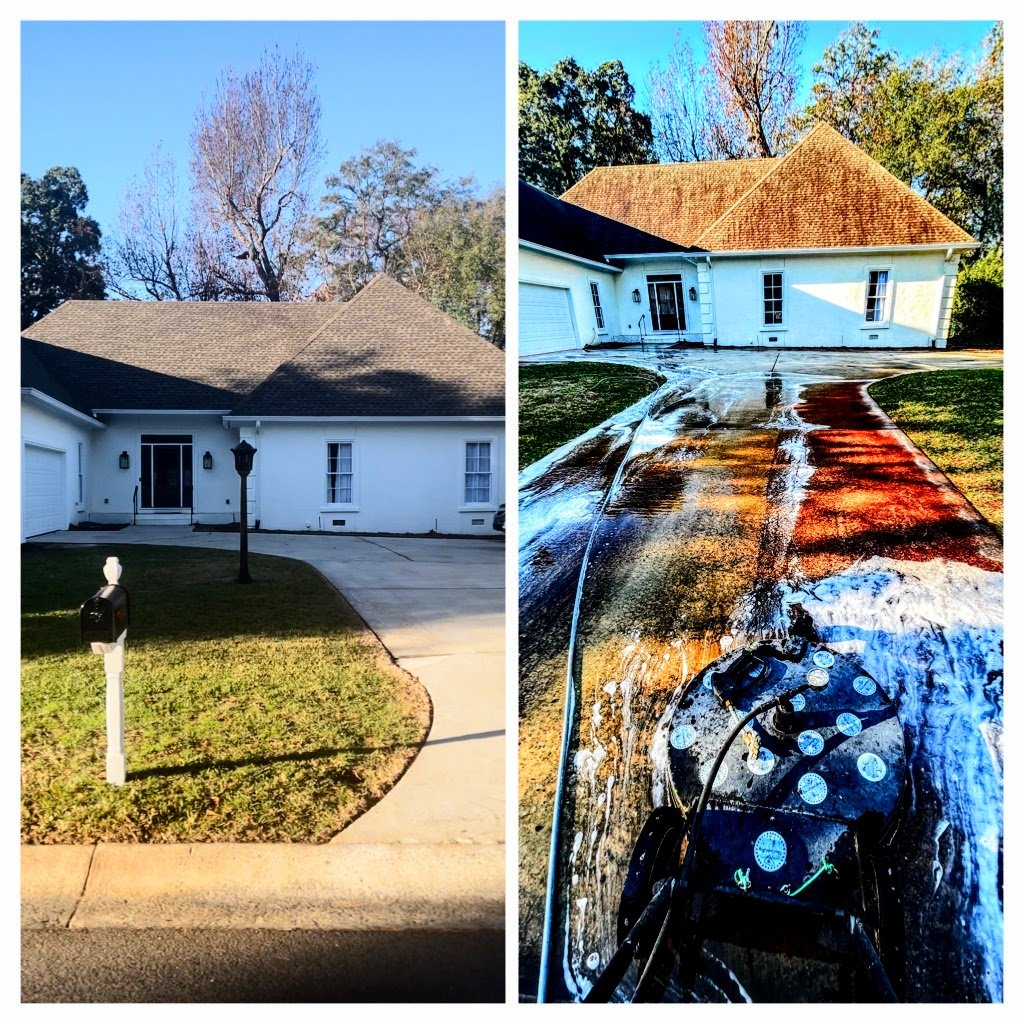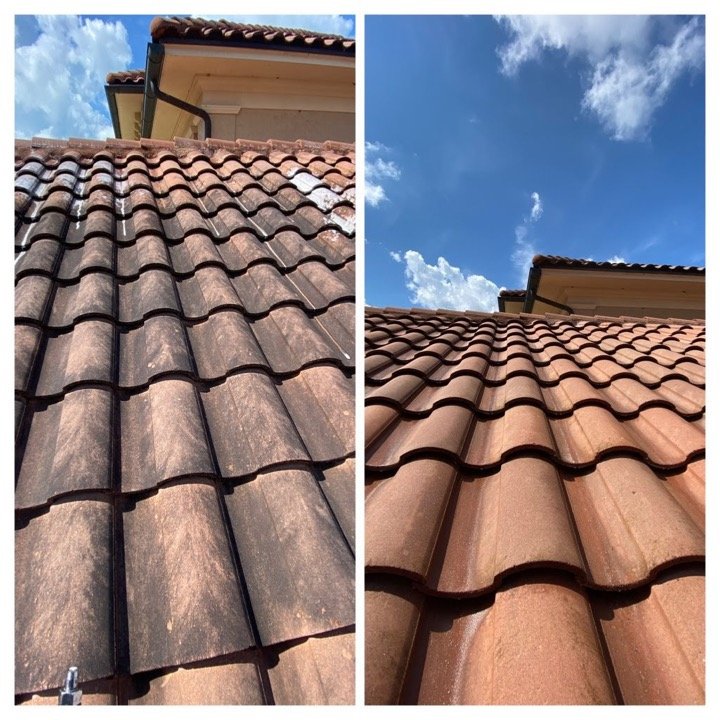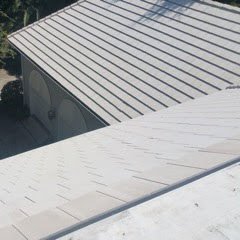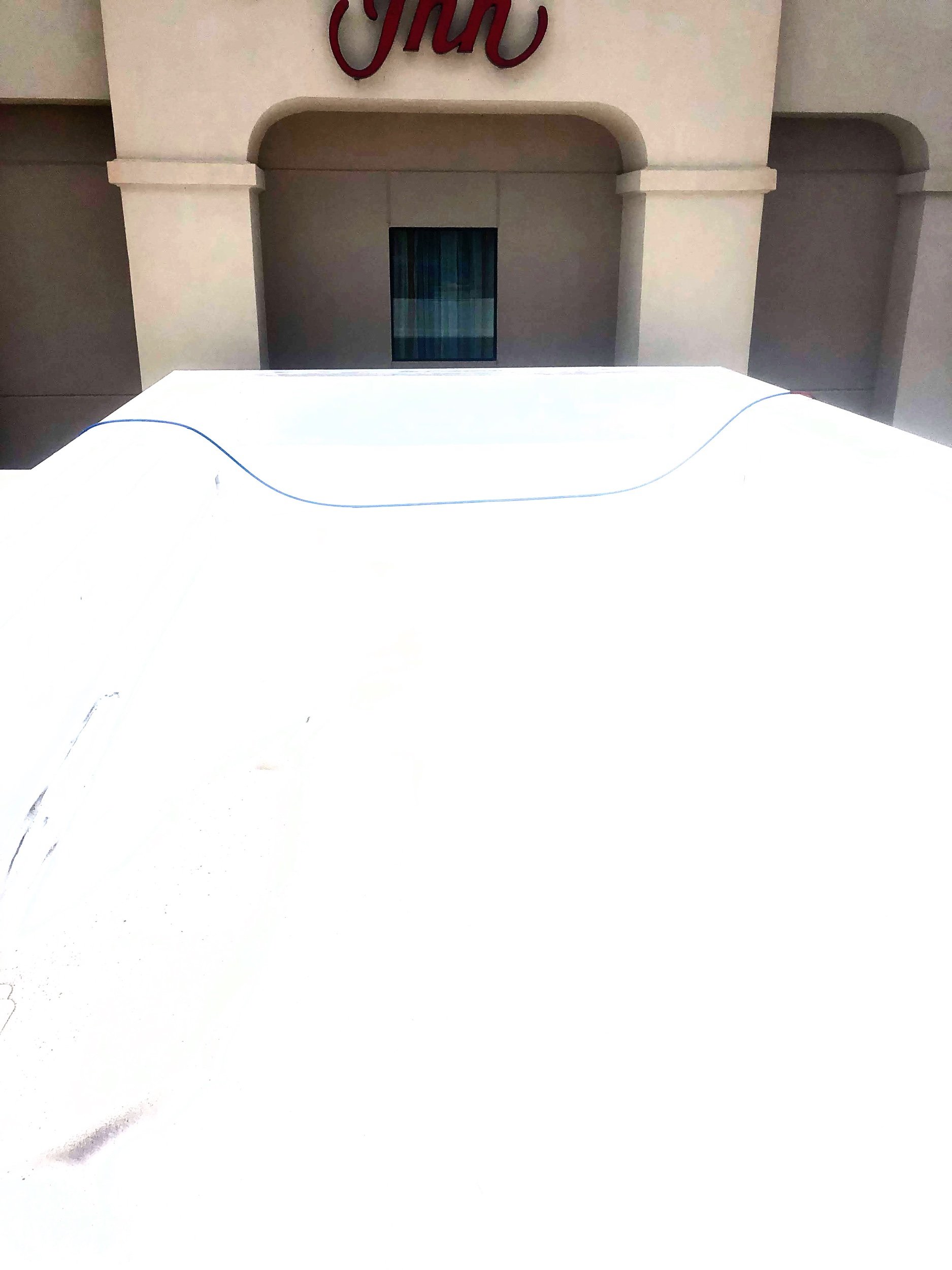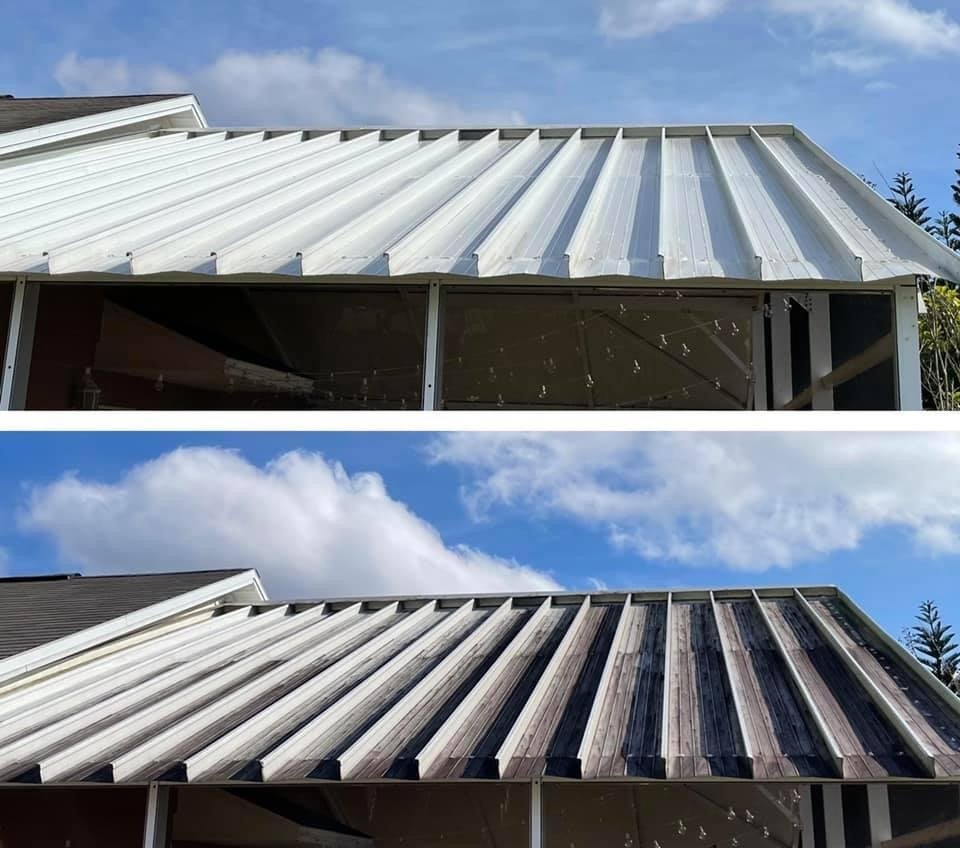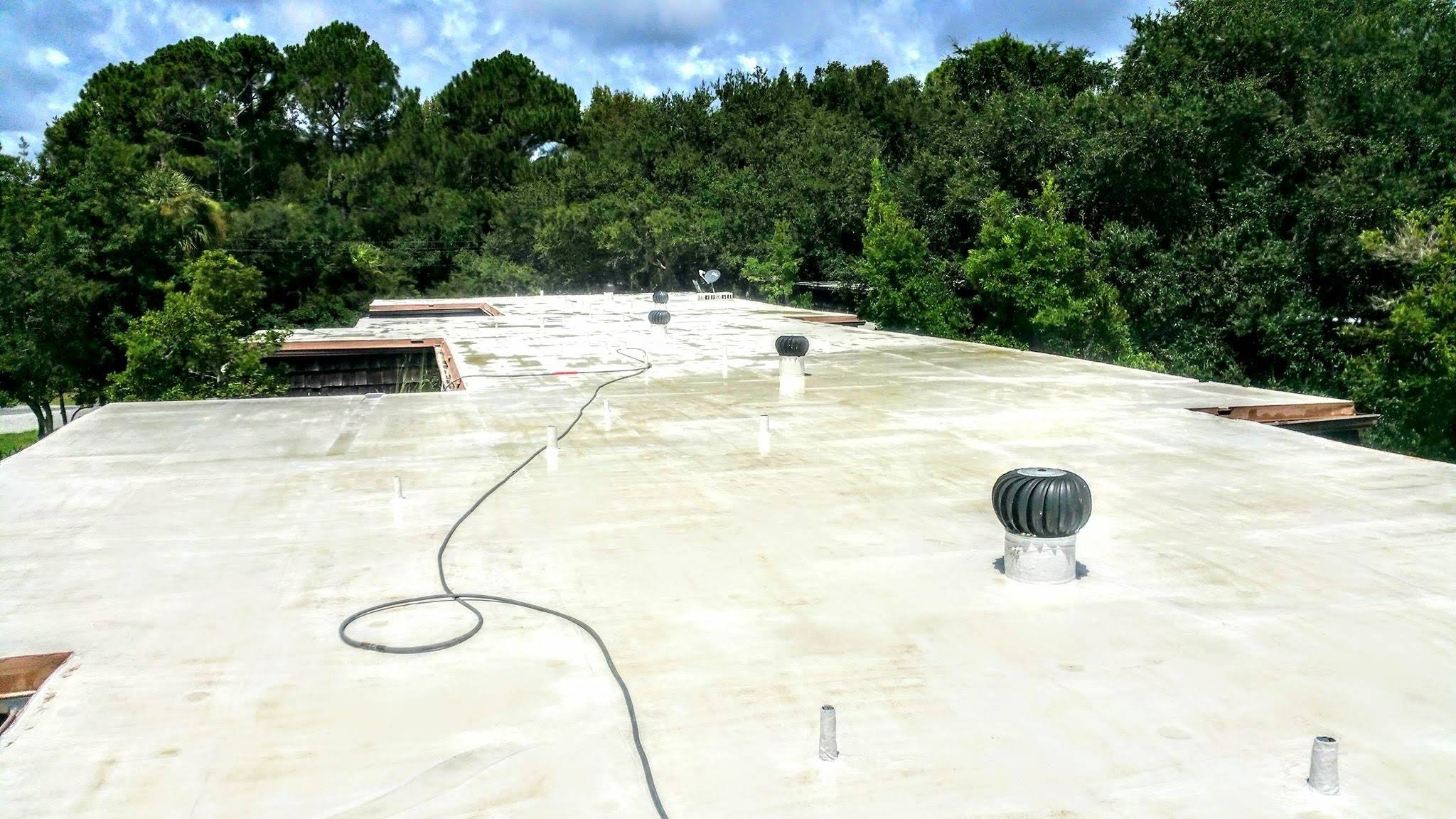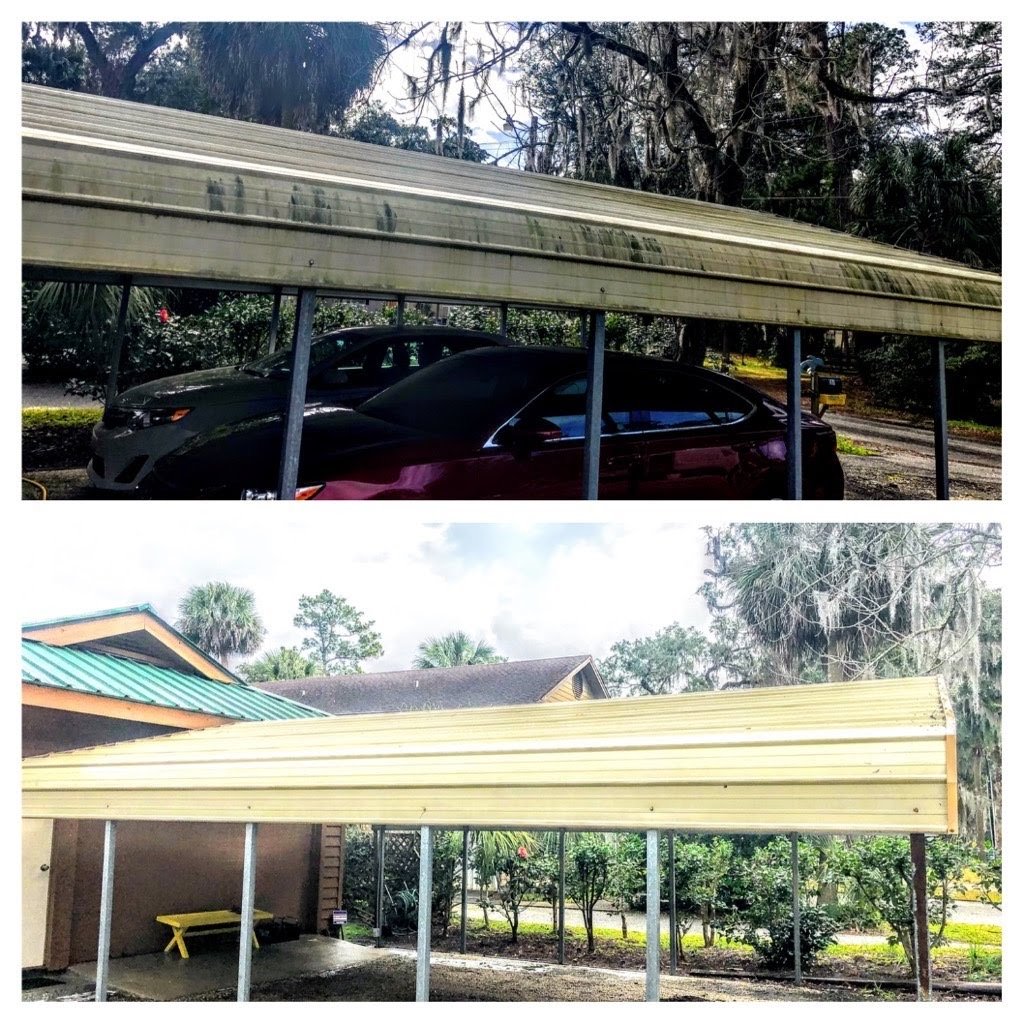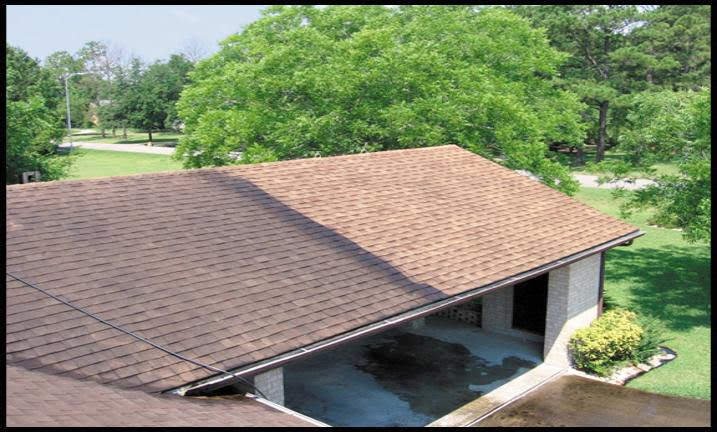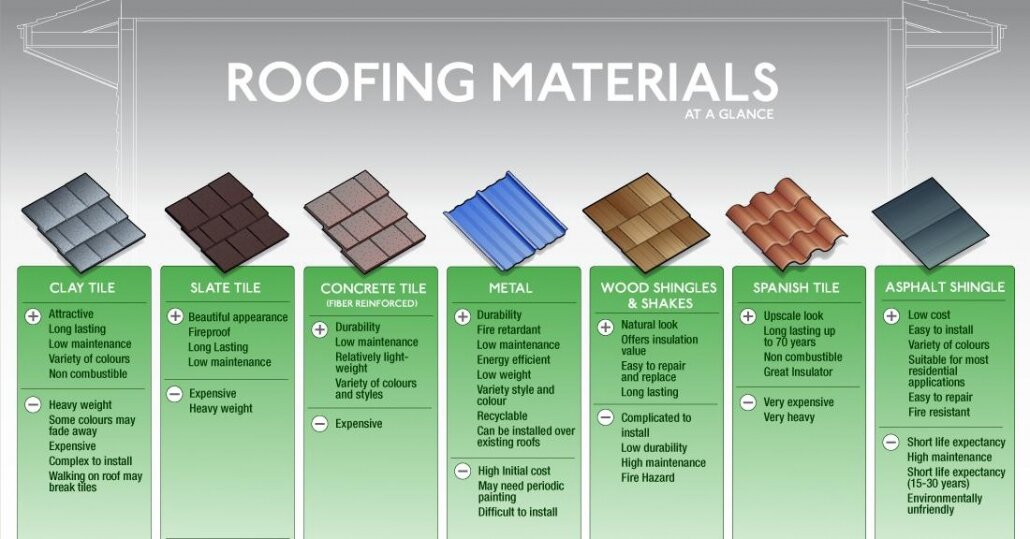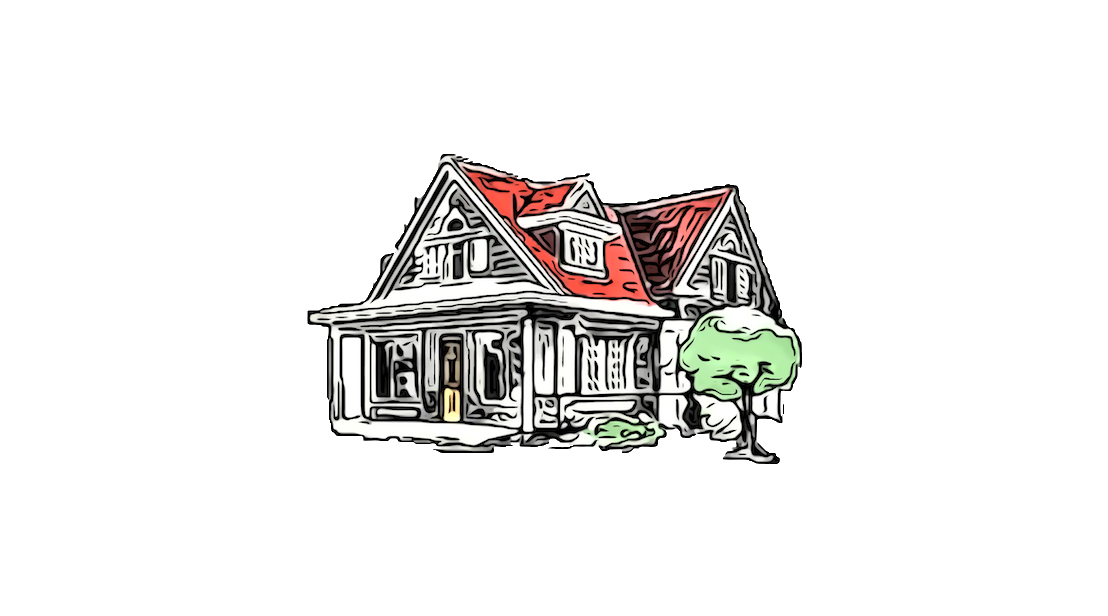Various Roofs We Clean
/A roof is a top covering of a building, including all elements and structures needed to sustain it on the walls of the home, providing stability against rain, snow, sunlight, extremes of temperature, and wind. The properties of a roof are conditional upon the design of the building that it covers, the prepared roofing materials and the local cultures of construction, and wider ideas of architectural layout.
What is Roof Cleaning?
Roof cleaning is the process of removing algae, mold, mildew, lichen, and moss from roofs. Cleaning can increase the span of a roof's capacity to function. Algae and other types of build-up often form on the north and west parts of roofs that are shaded or receive less sun and can reduce a roof's life expectancy. The appearance of soot, dirt, or biomass can alter how much sunlight is consumed by a roof and thus the extent of heat a building receives.
Types of Roofing Materials
Asphalt Shingle Roofing
Made of fiberglass, asphalt, and minerals.
Low cost
A wide variety of roof shingle colors is available.
It May need to be updated every 20 years or so depending on sunlight and temperature conditions
Durable
Easy to install
Fades over time
Clay and Concrete Tile Roofing
Able to withstand extreme weather conditions.
Great in dry climates.
Heavier so they may require more support or framing. Recommended that these types of tiles are installed by a professional.
Add texture and curb appeal to the roof.
Concrete will be less expensive than clay.
Work well on the Mediterranean and Spanish-style homes.
Durable and can last up to 50 years.
Slate Roofing
Offers a modern look that works well with French and Colonial-style homes.
Durable and fire-resistant, recyclable.
More expensive of the roofing styles.
Requires extra framing and professional installation.
Can be easily broken if stood on.
Can’t withstand all climates and are prone to erosion.
Metal Roofing
Affordable.
Durable, lasting up to 50 years.
May require professional installation.
Looks great on cabins, bungalow, and cottage-style homes
Available in shingles or roof panels.
Options include zinc, aluminum, copper, and steel.
Can be manufactured to look like wood, slate, or asphalt shingles.
Wood Roofing
Works best in dry climates that don’t see much moisture or fires.
Offers great curb appeal and works well on cottage, Craftsman, and Tudor-style homes.
Typically made from redwood, southern pine, and cedar.
Choose from wood shingles (thin, specifically cut slabs of wood) and shakes (thicker with ridged edges).
May last up to 50 years in dryer climates; 20 years in wet climates.
PTFE Roofing
Non-stick coating
Class “A” 100% non-combustible
Extremely durable, and weather resistant with self-cleaning properties
Tolerate climatic circumstances varying well outside the most extreme environments
Long-life expectancy, excellent durability, and requires minimal maintenance
Spray Polyurethane Foam Roofing
Eco-friendly option for commercial, industrial, and manufacturing facilities.
While SPF roofing is not the most known type of roofing material,
The technology has been around since the early 1960s for industrial, commercial, and residential facilities.
Can be used in any climate, and when correctly installed and maintained, can last over 50 years.
Single-Ply Membrane Roofing
EPDM roofing has been used for commercial flat roofing for over years. This amount of time on the market has allowed various laboratory and field studies to be performed and tracked.
Since single-ply membrane roofing does not include the insulation factor, as a customer you have more options to choose from to insulate your facility’s roof.
TPO membranes and EPDM can accomplish Underwriters Laboratories (UL) Class A fire resistance listings by supplementing fire retardant chemicals through the manufacturing process.
TPO is commonly white and profoundly reflective. On the other side of the spectrum, EPDM is often characterized as “Black Roofs,” due to the original dark tone of the membrane.
Roof Shapes & Styles
Different materials and shapes have emerged over the years to address consumer’s expectations for price and style. In addition, different roof types and materials are more prevalent in certain areas of the United States because of environmental factors. As an example, it is very common to find tile and metal roofs within Coastal Georgia and the Lowcountry of South Carolina whereas asphalt roofs are more common in further inland communities.
Flat Roofs
Flat roofs are growing more popular because they provide the homeowner with more range on top of the home. These types of roofs also help keep homes cooler and can be a great way to captivate rainwater. Flat roofs require fewer materials as shingles are not required. They are also typically stronger than pitched roofs from an architectural perspective. Flat roofs are also typically more supported for maintenance – as there is considerably less risk of slipping off the roof. At the same time, anticipate higher maintenance with such a roof as dirt and debris will manage to accumulate on the roof. With a pitched roof, this may require a ladder, harnesses, etc.
Hip Roof
The pyramid hip roof has four sides that are slanted – these planes meet at one point. This type of roof does not have ridges, which is an improvement in that it minimizes the risk of leaks. The roof eaves also are attractive because of the shade they provide. Hipped roofs are known for their strength and are ideal in extremely windy climates.
Gable Roof
Probably the most popular roof style is the gable roof. The principal feature is two sloping sides that meet at the top. Gable roofs are intended to prevent the build-up of snow in colder climates. There are many different styles of gable roofs including front gable, cross gable, and Flemish gable.
Curved Roof
Curved roofs are modern-looking and typically constructed of steel. They require a professional to do a particular design, nevertheless, considering the slope demands to permit for water and snow run-off.
Affects of the Environment on your roof
The climate,style,pitch, and material will play an important factor in defining how often your roof needs cleaning.
Roof cleaning in the Southeast United States is a large and thriving business, as the consistent moisture, humidity, temperatures, marshes/ swamps, and storms from the Atlantic ocean lead to an excellent environment for mold, moss, and other fungi.
On the opposite hand, roof cleaning will be needed far less frequently In the hands of our professional technicians. Clean Coastal Living grants a 5 Year Mold Free Warranty included with roof cleaning.
Roof Cleaning Jobs
